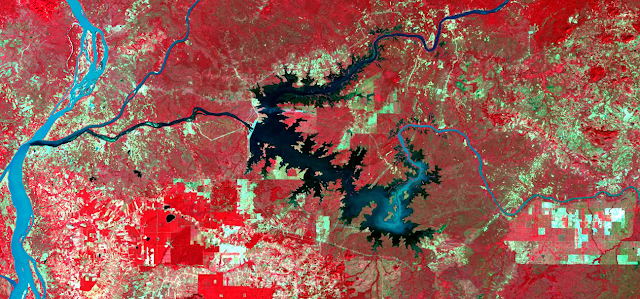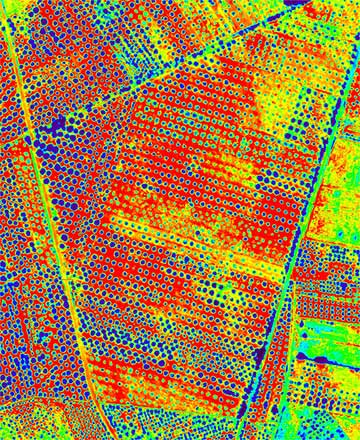
This is the Isle de Jean Charles, in Louisiana. A community belonging to the Biloxi-Chitimacha-Choctaw nation, it was settled in the early 1800s and grew rapidly in size after the Indian Removal Act went into effect. Miss management of dredging operations and canal creation starting in the 1920s was the beginning of the end for this small island. Since about 1950 the isle has reduced in size by nearly 98% and the population has dwindled from more than 350 to less than 75 people. The entire ecosystem has been destroyed and as has their economy, ancestral lands, and way of life. In 1998, it was determined that it was not cost-effective to include the island in the Gulf Flood Protection system and the one road to and from the island will no longer be repaired. This road floods if tides are higher than normal, any time there is a storm/hurricane in the gulf or if the wind blows from the southeast. The community is currently in the process of relocating and are considered to be the first climate refugees in the world. At one point in time, the island was more than five miles wide, with large trees and abundant fishing, what remains is about ¼ mile across and 2 miles long and most of the wildlife is gone. The images show the textural change as the land is swallowed by the water through the passage of time. I put them in a clockwise order starting from the top left so that the earliest and latest images would be easy to compare. The 1990 image gives clear pictures of the canals that were cut by oil companies, comparing these lines through the images also shows that these man-made structures are unable to withstand the damage of rising waters and the degradation they themselves have caused. It can be seen through the pictures how much of the vegetative cover has changed between 1963 and 2019, however, consider the real damage started in the 1950’s so even the 1963 photo is not a real representation of the overall change and loss. One especially distinct feature that changes a great deal through the photos is the canal that zig-zags through the top right side of the pictures. What was once a very distinctive feature in 1963 and 1990, is almost completely gone in 2019. These images are important because they document the effects of climate change, they illustrate the negative impact that industries have on small communities and showcase the importance of remote sensing and aerial photography as a way to track change over time in our communities and possibly help to draw attention to the growing crisis of our coastal communities.
Images copied from Google Earth Pro: 1990, 1998 and 2019 Link to the image from 1963: http://www.isledejeancharles.com/the-environment
The whole story: http://www.isledejeancharles.com/
I also used information from the following videos:
https://eros.usgs.gov/image-of-the-week/isle-de-jean-charles-louisiana
https://www.pbs.org/newshour/show/native-community-louisiana-relocates-land-washes-away
https://www.globalonenessproject.org/library/films/isle-de-jean-charles











